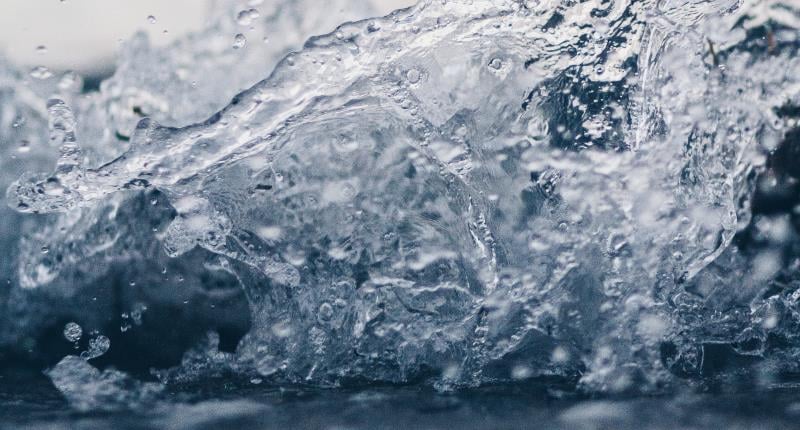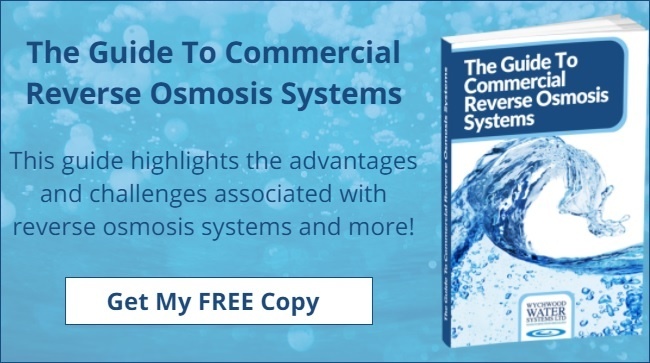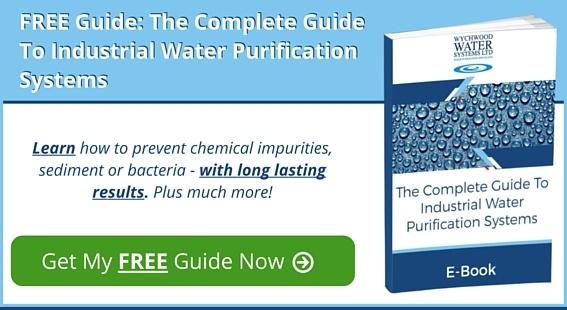
Industrial water purification poses many questions and most companies are faced with a variety of choices. Some industries need sterile water for their production processes whilst others don’t have such strict requirements but still must follow certain regulations.
Choosing the right purification system can save remarkable amounts of money on water purification. With proper maintenance, any system can have an impressive ROI when compared to purchasing purified water. Let’s review several common types of water filtration systems.
1. Reverse Osmosis
Reverse Osmosis works by forcing feedwater through a semi-permeable membrane.
A pump is used to apply pressure to reverse the normal osmotic flow across a membrane, meaning purified water molecules (permeate) are forced through the reverse osmosis membrane and recovered in preference to contaminants in the concentrated side which are left behind (reject concentrate).
RO has myriad uses because of its wide spectrum of removal, meaning it selectively removes contaminants based on size and weight. Allied with its long life and minimal maintenance, it is also a clean technology in the sense that it doesn’t require frequent chemical intervention like deioniser twin bed systems.
2. Media Filters
Media filters can be used on their own or together with other systems, such as reverse osmosis. Commercial water filters are layered, so when the water passes through them, different contaminants are left behind in each of the filters depending on what their purpose is.
The advantages of such filters are their low cost and long life. On the negative side, they have limited purification capabilities, which is why they are often complementary to other purification systems.
The common types of media filters are:
- Sand Filter – water goes through a tank filled with sand, which traps different particles.
- Multi-Media – water passes through three layers of media (coal, sand, and garnet).
- Specialty filter – design to remove iron and manganese by using silica sand.
- Activated carbon – water passes through a bed of activated carbon, which traps impurities such as chlorine and chalk.
- Sediment filter – acts as a sieve to remove such particles as rust flakes, sand grains, pieces of organic matter, etc.
3. Deionisation
Deionisation works by using negatively and positively charged resins (cationic and anionic accordingly). Cationic resins employ negatively charged ions. They attract positively charged ions in the water and replace them with hydrogen. Anionic resins use positively charged hydroxide ions to replace negatively charged ions. In the end, hydrogen and hydroxide form pure water.
Deionisation doesn’t remove organic particles, so the water must be pre-treated before the purification process.
4. (Advanced) Oxidisation
Oxidisation in the form of chlorination has been used as a means of water purification since the beginning of the last century. Hypochlorite is the key agent, achieving a disinfection of water by oxidising bacteria to eliminate waterborne diseases. Several different methods can be used to provide oxidation, including ozonation, chloramination, UV, bromination & chlorine dioxide. During the treatment, hydroxyl radicals are generated to destroy bacteria cells.
Find Out More
At Wychwood Water Systems, we specialise in supplying reverse osmosis and deionisation water purification systems. For more information, please call us or download our free Guide To Commercial Reverse Osmosis Systems or Guide To Deionised Water Treatment Systems.









 We are a specialist independent company involved in water purification and water treatment technologies
We are a specialist independent company involved in water purification and water treatment technologies


